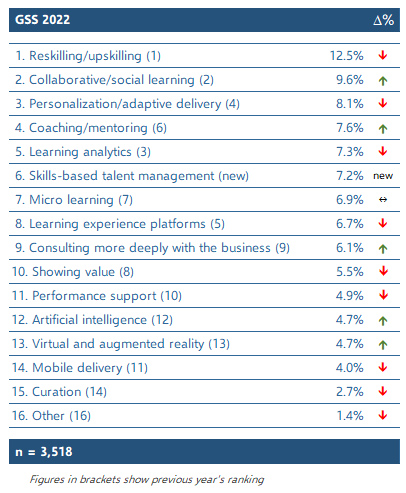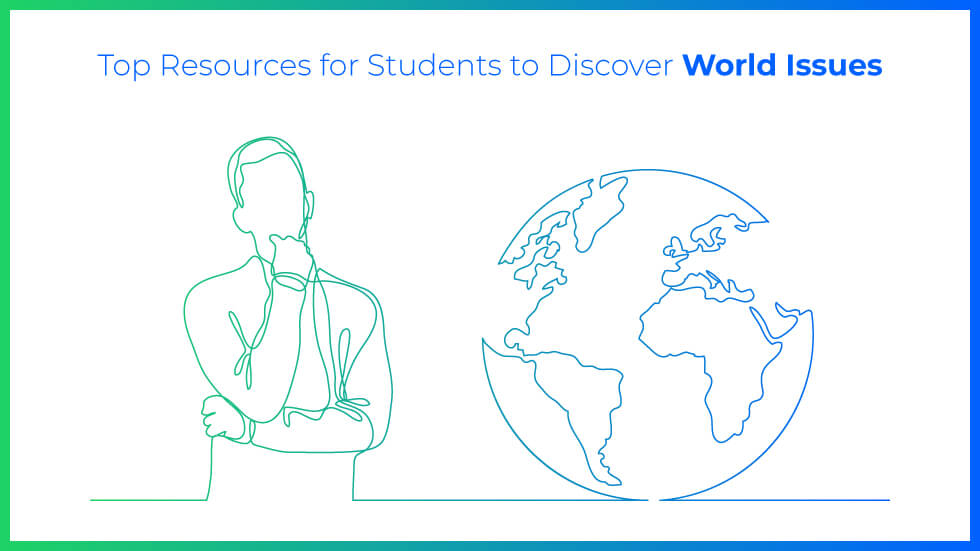Triumphs and Troubles in Online Learning Abroad — from edsurge.com by Robert Ubell
Excerpt:
In Canada, for example, about two-thirds of colleges offer online degrees—and many have for years. While here in the U.S., a far smaller number grant degrees online.
I thought it would be good to do some digging to explore a more nuanced appreciation of the status of virtual instruction outside the U.S.
From DSC:
I would also like to mention that there’s a lot happening in Australia and in India along these lines, and likely in many other countries as well. But I think that one can only cover so much in one posting. 🙂
Howard University to digitize its archive of thousands of Black newspapers — from nbcnews.com by Curtis Bunn
A $2 million grant will be used to digitize Howard’s Black Press Archives, the largest collection of newspapers from the U.S., Africa and the African diaspora.
Excerpt:
Now, with the help of a $2 million grant announced Monday, Howard University’s Moorland-Spingarn Research Center will make available countless articles that captured in real-time the impact of historical events on Black people that have long been difficult, if not impossible, to access. By digitizing its extensive Black Press Archives, anyone will be able to access Howard’s collection of more than 2,000 newspapers from the United States, Africa and the African diaspora online.
These 3 charts show the global growth in online learning — from weforum.org by Johnny Wood; with thanks to Ray Schroeder out on LinkedIn
Example chart:
Also relevant/see:
- 2U plans for international expansion as it integrates operations with edX — from highereddive.com by Natalie Schwartz
- Coursera bets on degrees — a small but growing part of the business — from highereddive.com by Natalie Schwartz
The company has launched 13 new degrees with colleges since 2021, bringing the total number of bachelor’s, master’s and postgraduate degrees up to 38, according to Maggioncalda.
…
2U saw $152.4 million from its degree segment in 2021’s fourth quarter, about 11 times the revenue Coursera brought in from its degree business over the same period.
Wiki Loves Monuments 2021 winners — from commons.wikimedia.org
Excerpt:
Below are some of the pictures from Greece.
Inside Higher Ed Acquired by Times Higher Education — from insidehighered.com by Scott Jaschik and Doug Lederman
Our editors Scott Jaschik and Doug Lederman explain how this combination of publishing companies will improve global coverage of postsecondary education and better serve the higher ed community.
Excerpt:
As journalists, we often say that we want to report the news, not be the news. We are making an exception [on 1/10/22] to announce that Inside Higher Ed has been acquired by Times Higher Education (THE), the world’s leading provider of higher education news, data and insights.
From DSC:
As the article below clearly relays, MOOCs did NOT fail! In the last decade, they have reached 220 million learners worldwide!
I don’t know the total number of graduates from the Ivy League — throughout all of the relevant institutions’ histories — but I would bet you that MOOCs have reached far more learners. And MOOCs did so in less than a decade.
And you’re going to tell me MOOCs have been a failure?!!!! Are you being serious!?!?! You can talk about completion rates all that you want to (and that misses the point, as some people sign up for MOOCs without ever intending to finish the entire course). As with other things, people get out of something what they put into that thing.
A Decade of MOOCs: A Review of Stats and Trends for Large-Scale Online Courses in 2021 — from edsurge.com by Dhawal Shah
Excerpts:
Now, a decade later, MOOCs have reached 220 million learners, excluding China where we don’t have as reliable data, . In 2021, providers launched over 3,100 courses and 500 microcredentials.
…
Originally, MOOC providers relied on universities to create courses. But that dependence is declining as more and more of the courses are created by companies every year. These corporate partners in course creation include tech giants Google, Microsoft, Amazon and Facebook.
…the majority of the new courses launched on Coursera in 2021 are not from universities anymore.
…
These mass online courses were born without a business model. Yet within a decade, MOOCs went from no revenue to bringing in well over a half a billion dollars annually.














